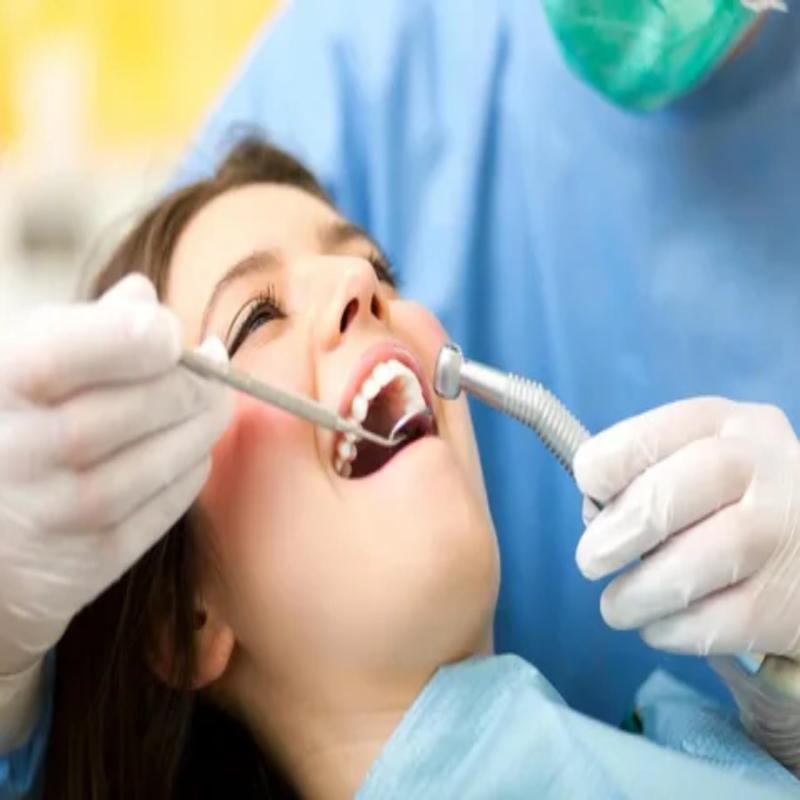Stem Cells Hold Promise for Tooth Repair and Replacement
Adult dental stem cells were first identified in 2000 and gave researchers hope that new teeth could eventually be grown from a patient's own cells. Since then, significant progress has been made using stem cells to regenerate dental tissues. Trials in animal models have shown that stem cells can be used to generate new dental pulp, cementum, periodontal ligament, and even dentin —the hard outer surface of a tooth. Scientists are working on techniques to reconstruct the whole tooth from stem cells.
Researchers at the University of Pennsylvania have developed a method to regenerate tooth crowns in mice using cultured dental pulp stem cells. They extract these cells from a mouse molar, grow them in the lab, and then transplant the cell aggregates under the gum of another mouse. Over the course of 8-12 weeks, the aggregates develop into tooth bud-like structures that form dentin, enamel, and a root-like structure. This proof-of-concept experiment demonstrated that crown regeneration is possible using stem cells. The researchers are now working on engineering whole tooth structures.
Other teams are focusing on Tooth Regeneration specific tooth tissues like dentin and enamel. Scientists from China grew dentin-pulp complexes by seeding dental pulp cells onto biodegradable scaffolds, which organized the cells and guided tissue formation. The complexes contained cell-rich pulp surrounded by mineralized dentin with vascular channels - similar to natural teeth. Meanwhile, researchers in Japan made progress in generating enamel by growing enamel-producing cells on composite materials under highly controlled conditions.
Bringing Regeneration to the Clinic
While regenerating whole teeth in animal models is promising, major challenges remain before this technology can be translated to humans. First, protocols need to be refined and standardized. Stem cells must be reliably grown and differentiated into the precise tooth tissues. Researchers are also engineering 3D printed scaffolds tailored for different tooth types to better guide cell organization during regeneration.
Another hurdle is the immune response - a patient's body may reject replacement tissues grown from their own stem cells. Scientists are exploring ways to modulate the immune system or generate tissues that evade detection. As with any stem cell therapy, safety and efficacy must be rigorously tested before clinical use. Clinical trials will need to show that regenerated tissues are functional, durable, and able to integrate seamlessly with existing structures in the mouth.
The Next Generation of Regenerative Dentistry
Besides whole tooth regeneration, stem cells open up other avenues for regenerative dentistry. For example, researchers are developing techniques using dental pulp stem cells to stimulate the body's natural reparative responses for repairing cavities, cracks, or exposed pulp from trauma or decay. This approach aims to regenerate just the damaged region rather than replace the whole tooth.
Some envision a future where custom 3D bioprinting could recreate individual patient teeth from digital scans and banked stem cells. The ability to generate replacement teeth tailored for each person could revolutionize dental treatment. For patients missing multiple teeth or severe dental defects, stem cell therapies may provide alternatives to dentures or implants through regeneration. Children born missing teeth may be able to regrow them later in life.
Regenerative dentistry also promises less invasive techniques. For example, researchers are exploring ways to inject pulp stem cells into root canals to stimulate inner repair from the inside out rather than extensive reconstruction from surgical re-entry.Such minimally invasive regenerative endodontic procedures could better preserve natural tooth structures.
Patient-Derived Stem Cells Offer Personalized Solutions
A major goal of tooth regeneration is personalized treatment using a patient's own stem cells. With banked stem cell lines or amniotic-derived lines, the replacement tissues would not contain the patient's genetic blueprint and may be at risk of rejection. Banked "allogeneic" cells also cannot be customized for each individual case.
In contrast, autologous stem cell therapies derived from the patient offer several advantages. Their tissues are a perfect genetic match so integration and acceptance are maximized. Patient-specific cells can be manipulated as needed to match the defect precisely - whether regenerating a single tooth, reconstructing a damaged jawbone, or providing customized scaffolds. Issues like available cell numbers or specific genetic variations can also be addressed using the patient's own cells.
With further refinement, banking of dental stem cells may become routine during wisdom tooth removal or other oral procedures. Stored autologous cells could then be drawn upon later in life for personalized regenerative solutions as needed, without additional surgical cell harvesting. The future of dentistry may increasingly involve growing replacement tissues from banked personal stem cells rather than replacing parts.
Stem cell research has revolutionized the potential for tooth regeneration and dental tissue engineering. While clinical applications are still years away, major advances are being made using stem cells to repair and replace damaged structures in the mouth. Moving forward, regenerative dentistry aims to offer customized treatments produced from a patient's own cells - sparing them from extractions, dentures or lifetime dependence on dental work that does not restore natural function. With ongoing progress, the dream of regrowing lost teeth may become a reality for many.
For Deeper Insights, Find the Report in the Language that You want.
French German Italian Russian Japanese Chinese Korean Portuguese
About Author:
Money Singh is a seasoned content writer with over four years of experience in the market research sector. Her expertise spans various industries, including food and beverages, biotechnology, chemical and materials, defense and aerospace, consumer goods, etc. (https://www.linkedin.com/in/money-singh-590844163)
